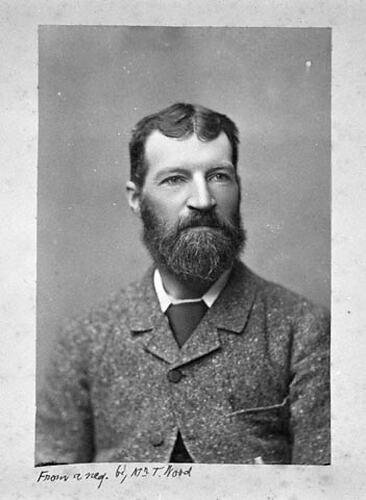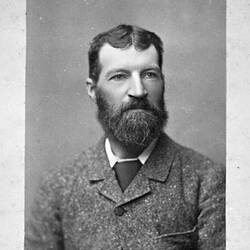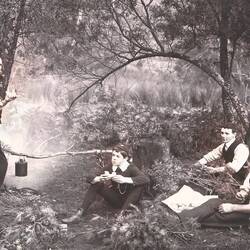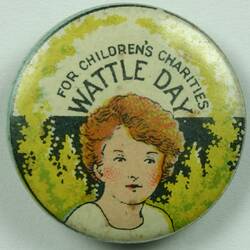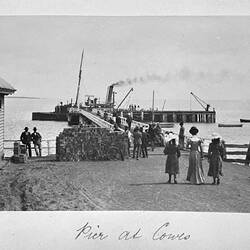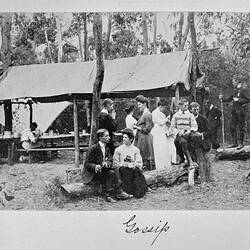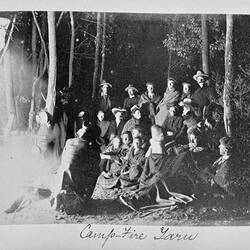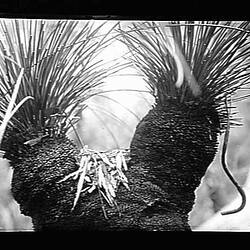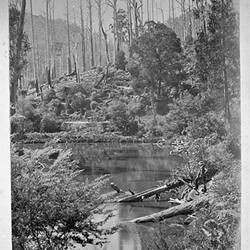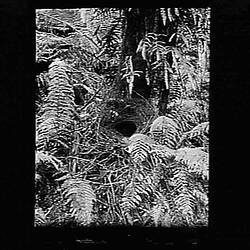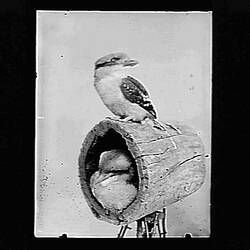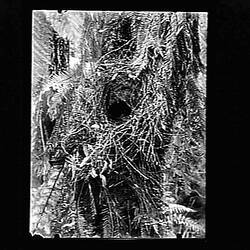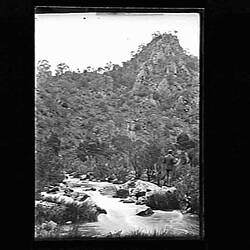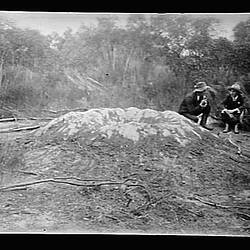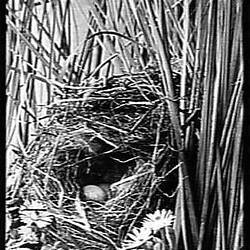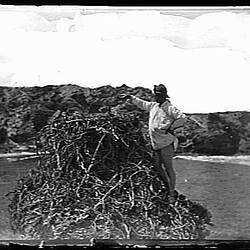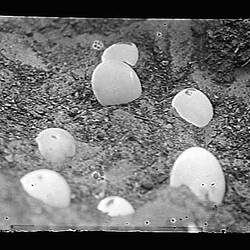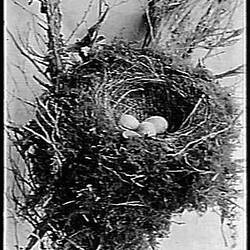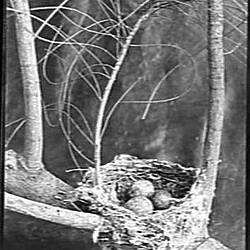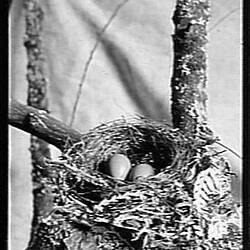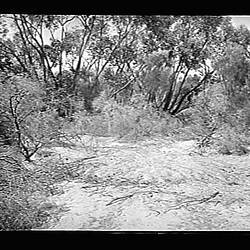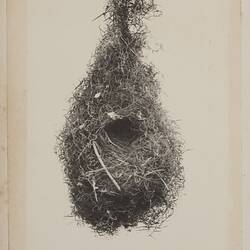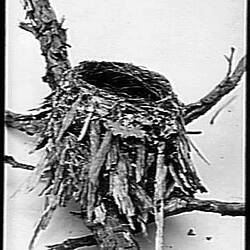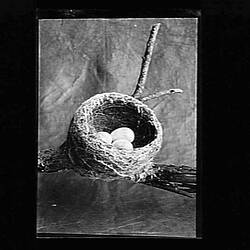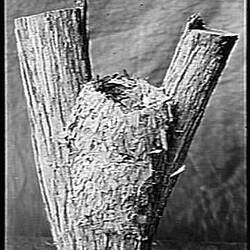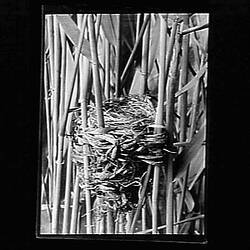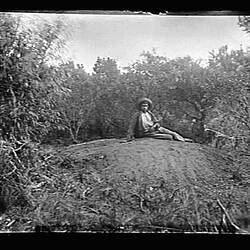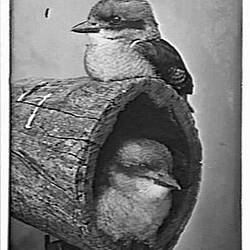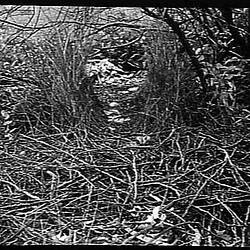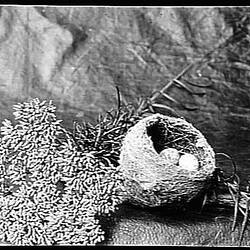Archibald James Campbell was born on 18 February 1853 at Fitzroy, Victoria. He was the eldest son of Archibald Campbell, who came to Australia in 1840, and his wife Catherine, née Pinkerton, both of Glasgow, Scotland. After education at a private school in Melbourne, Campbell entered the Victorian civil service in 1869, he spent his adult life as a customs officer, retiring in 1914.
His interest in nature was aroused in childhood at Werribee where he lived with his grandparents until the age of 10. His first love was egg-collecting, and his general interest in birds was further inspired by the study of John Gould's works at the Public Library.
He was for many years active in the Field Naturalists' Club of Victoria. By 1896 his collection of eggs represented 500 species. Campbell initiated the first of several dinners which led to the formation in 1901 of the (Royal) Australasian Ornithologists' Union; he was president in 1909 and 1928 and co-editor of its journal, TheEmu, for thirteen years.
In the 1890s he had contributed a series of articles on Australian birds to the Australasian and in 1905 was a founder of the Bird Observers' Club. In quest of eggs and bird-lore he travelled throughout Australia, often under rough conditions. He scientifically described and named over thirty Australian birds although only a few of these names have resisted synonymy. He published papers on eggs in the Southern Science Record, the Victorian Naturalist and the Proceedings of the Royal Society of Victoria; one was read at the International Ornithological Congress at Budapest in 1891. These papers formed the basis for his major and still useful Nests and Eggs of Australian Birds (1900), in an edition of 600 copies published in both one and two volumes. His pioneer collection, made when custom divided sets of eggs for exchange rather than preserved them as full clutches, was later presented to the National Museum of Victoria, now Museum Victoria. Campbell was elected a colonial member of the British and an honorary fellow of the American ornithologists' unions. He was a keen conservationist, showing concern for disappearing species, and a pioneer bird-photographer (having photographed Lesser Noddies as early as 1889).
A lover of acacias, he was founder in 1899 of the Victorian Wattle Club (later League). He helped organise spring excursions on the 1 September each year into the bush surrounding Melbourne, which evolved into the first 'national' Wattle Day, celebrated in Sydney, Melbourne and Adelaide on 1 September 1910. His descriptive nature-writing was hampered sometimes by studied literary striving, but in less self-conscious moments he showed a youthful sense of fun and an innocent colonial vigour that evokes a freshness of bush scene and experience. He was a member of the board of management of Toorak Presbyterian Church, a tenor in its choir, and an elder of Box Hill Presbyterian Church.
Campbell married a teacher, Elizabeth Melrose Anderson (d.1915), at South Yarra on 11 March 1879; they had five children. By his second marriage to Blanche Ida Rose Duncan, a trained nurse, at Toorak on 27 March 1916, he had one son. He died at Box Hill on 11 September 1929 and was buried in St Kilda cemetery.
More Information
-
Keywords
-
Authors
-
Article types
